PRODUCTS

Add:No. 58 Fangbei Rd, Shijiazhuang 050011, Hebei province, China
Tel:+86 311 85319106
+86 13703116356
Fax:+86 311 68090963
Mail:hbkctc@sina.com
Basic principle of heat treatment of cast aluminum alloy
Basic principle of heat treatment of cast aluminum alloy
(1) Annealing: The aluminum alloy gravity casting product is heated to a certain temperature and kept warm for a certain period of time and then cooled to room temperature at a certain cooling rate. Through the diffusion and migration of atoms, the organization is more uniform, stable, and the internal stress is eliminated, which can greatly improve the plasticity of the material, but the strength will be reduced.
(2) Solution hardening treatment: heating the heat-resistant and strengthened cast aluminum alloy material (Examples A356, LM25, ZL101A, A357, ZL104, etc.) to a higher temperature for a certain period of time, so that the second phase in the material or The other soluble components are fully dissolved in the aluminum matrix to form a supersaturated solid solution, and then the supersaturated solid solution is kept to room temperature by rapid cooling. It is an unstable state, and the solute atom is at any time due to the high energy state. There is a possibility of precipitation. However, at this time, the material has high plasticity and can be subjected to cold working or straightening.
(3) Aging: After solid solution quenching, the aluminum alloy gravity casting parts are kept at room temperature or higher for a period of time, the unstable supersaturated solid solution will be decomposed, and the second phase particles will be precipitated from the supersaturated solid solution ( Or precipitation), distributed around the α (AL) aluminum grain, so that the strengthening effect is called precipitation (precipitation) strengthening.
a. Natural aging: Some alloys (such as ZL301) can produce precipitation strengthening at room temperature, called natural aging.
b. Artificial aging: Some alloys (such as A356) precipitate at room temperature and the strengthening is not obvious, but the precipitation strengthening effect at higher temperature is obvious, which is called artificial aging.
Artificial aging can be divided into underage and overage.
1 Underage: To achieve a certain performance, control the lower aging temperature and maintain a shorter aging time.
2 Over-aging: In order to obtain certain special properties and better comprehensive performance, the aging is carried out at a higher temperature or for a longer period of time.
3 multi-stage aging: In order to obtain some special properties and good comprehensive performance, the aging process is divided into several stages. Can be divided into two stages, three stages of aging

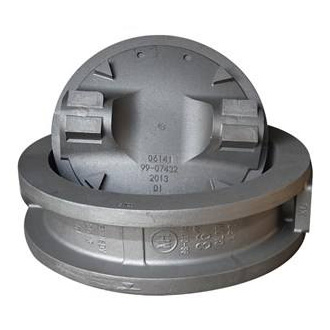
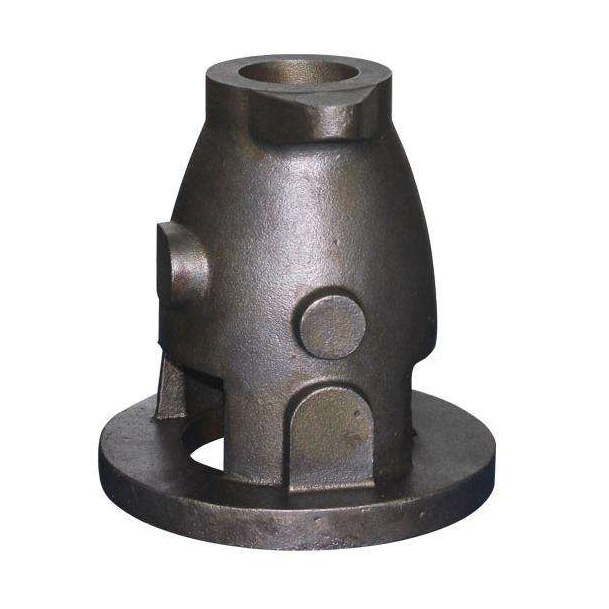
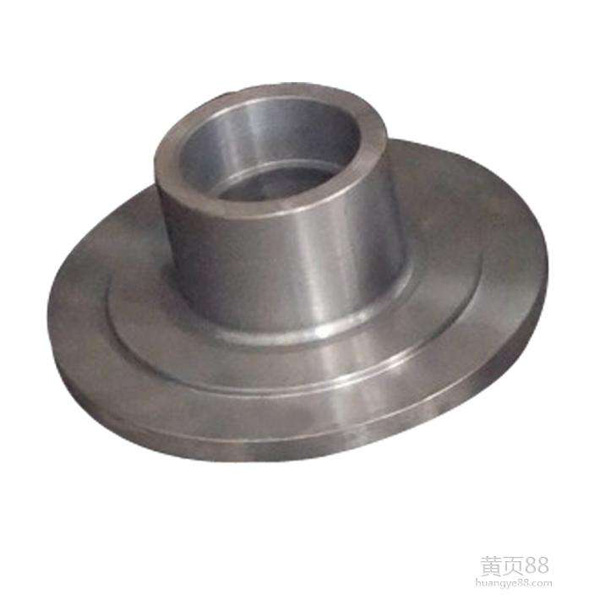
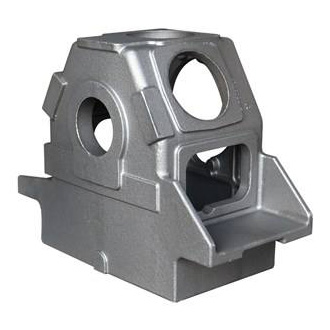
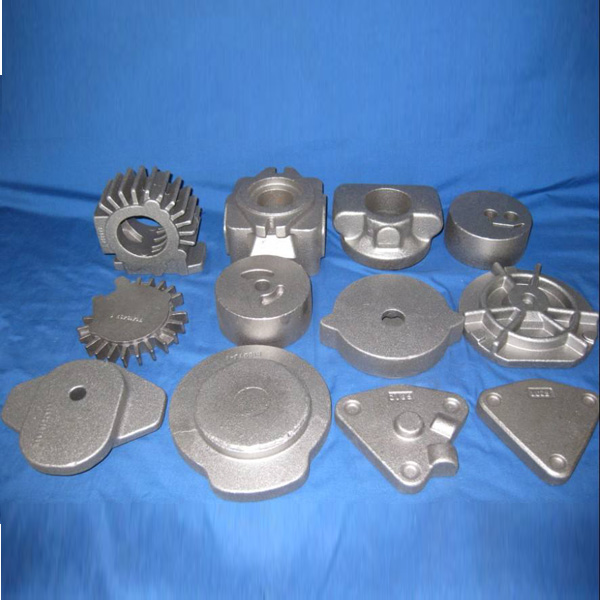
 Add:No. 58 Fangbei Rd, Shijiazhuang
050011, Hebei province, China
Add:No. 58 Fangbei Rd, Shijiazhuang
050011, Hebei province, China Tel: +86 311 85319106
Tel: +86 311 85319106  Mail:
Mail: